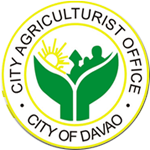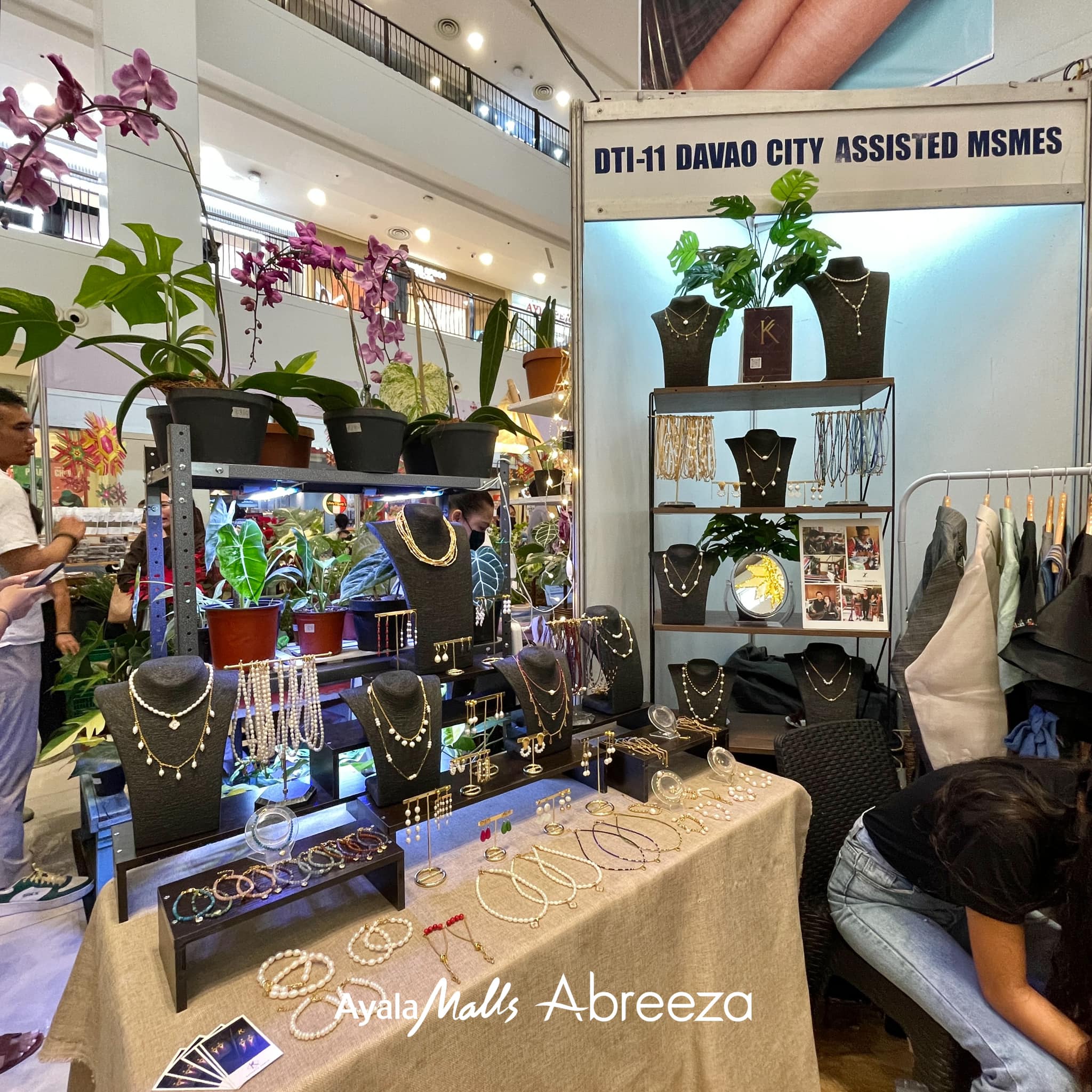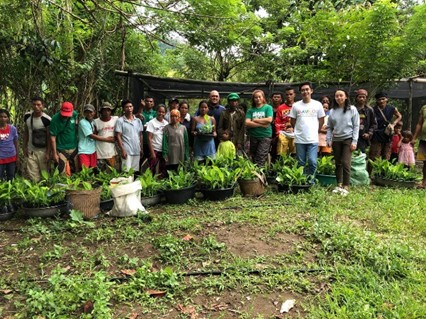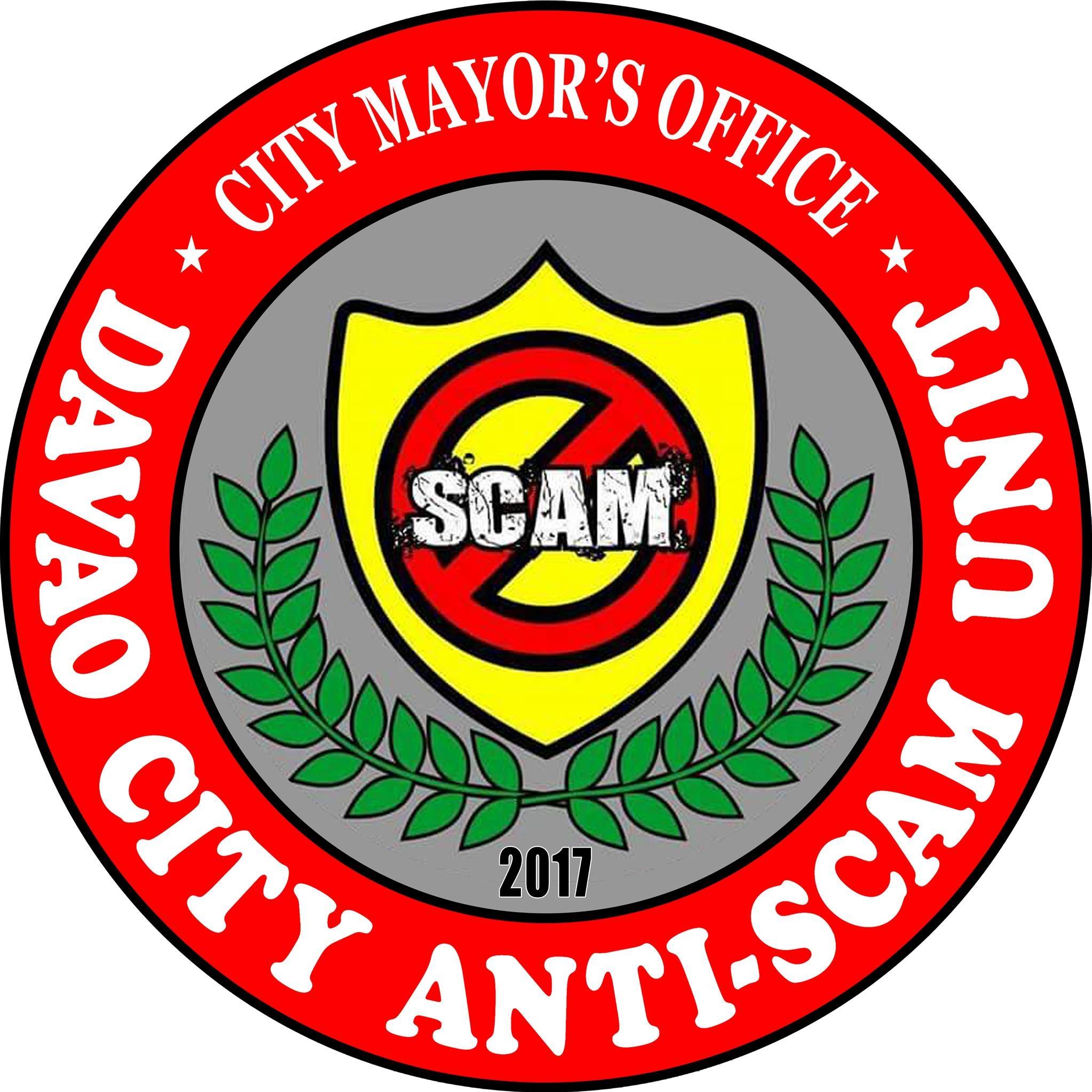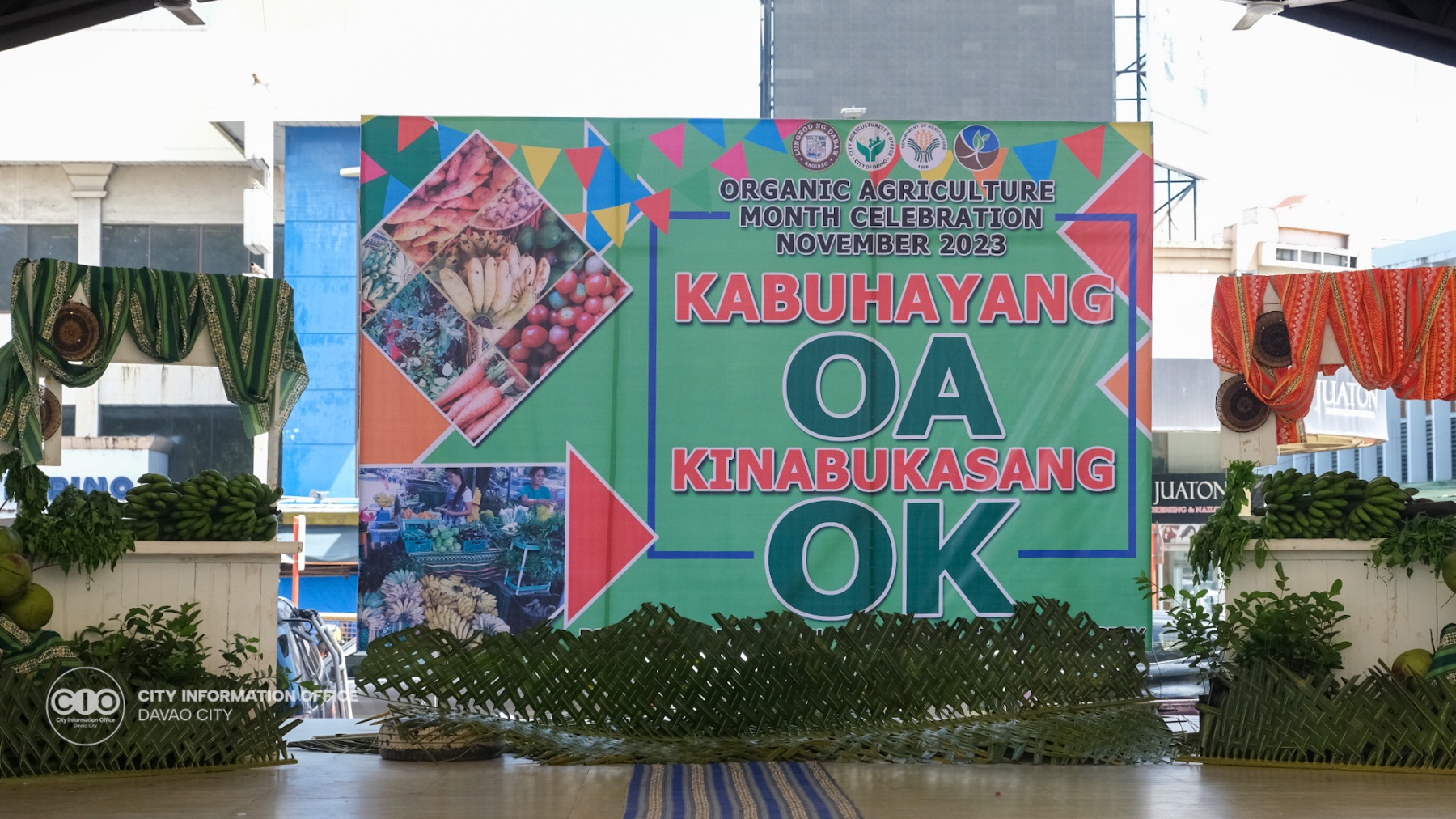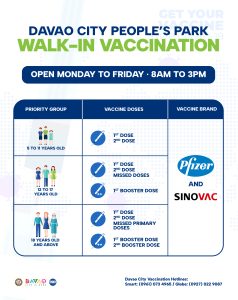The Davao City Agriculturist Office (CAgrO) urged Dabawenyo farmers to buy and plant only genuine abaca seeds to ensure the sustainability of their livelihood.
Dario Divino, CAgrO agricultural technologist and focal person on industrial crops, said it would be a waste of time, money, and effort for the farmers to plant fake abaca seeds since they would not be sellable.
“Kung mananom naman lang gani ta, kinahanglan gyud tinuod nga abaca kay basin napalit nimo dili tinuod nga abaca (If we’re just going to plant, we really need real abaca because you might have bought fake abaca),” Divino said during the Madayaw Davao program of 87.5 FM Davao City Disaster Radio (DCDR) aired on Monday morning, January 23, 2023.
In Paquibato District, five barangays ventured into abaca farming, including Malabog, Mapula, Salapawan, Tapak, and Poblacion with 91.84 hectares and 494 farmers while in Barangay Sibulan in Toril District, at least 437 farmers are also farming abaca in a 335.11-hectare land.
Toril, according to him, has the largest area of abaca (Musa textilis) fiber production. The abaca, as part of the banana family, has a lot of uses.
Abaca is being used to create handbags, hammocks, face masks, rugs, sacks, wallpaper, bank notes, filter paper, and facial tissue, among others.
Divino said that when planting abaca seeds, they would bear fruit and be ready for harvest in one year. The fruit will have lots of seeds but it won’t guarantee that all seeds are pure since pollination results in impurities.
He said that during the late Davao City councilor Leonardo Avila III, Dabawenyo farmers produced a Tangongon variety of abaca, a tissue-cultured abaca that was not affected by pollination. The seeds of the real abaca cells were taken from there.
But Toril and Paquibato abaca farmers faced the Daratex (fake abaca) problem as it could not pass industry standards.
Divino also said that abaca is graded based on five factors: tensile strength, color, length, width, and texture.
Abaca fiber with a length of 60 centimeters or more than half of a meter is acceptable in the fiber industry.
Divino assured the city’s abaca farmers that CAgrO supports the industry and will continue to help farmers improve their products and income.
He also encouraged farmers’ cooperatives and organizations to seek training assistance from the Philippine Fiber Industry Development Authority (PhilFIDA) to boost their authentic genuine abaca fiber production. CIO

